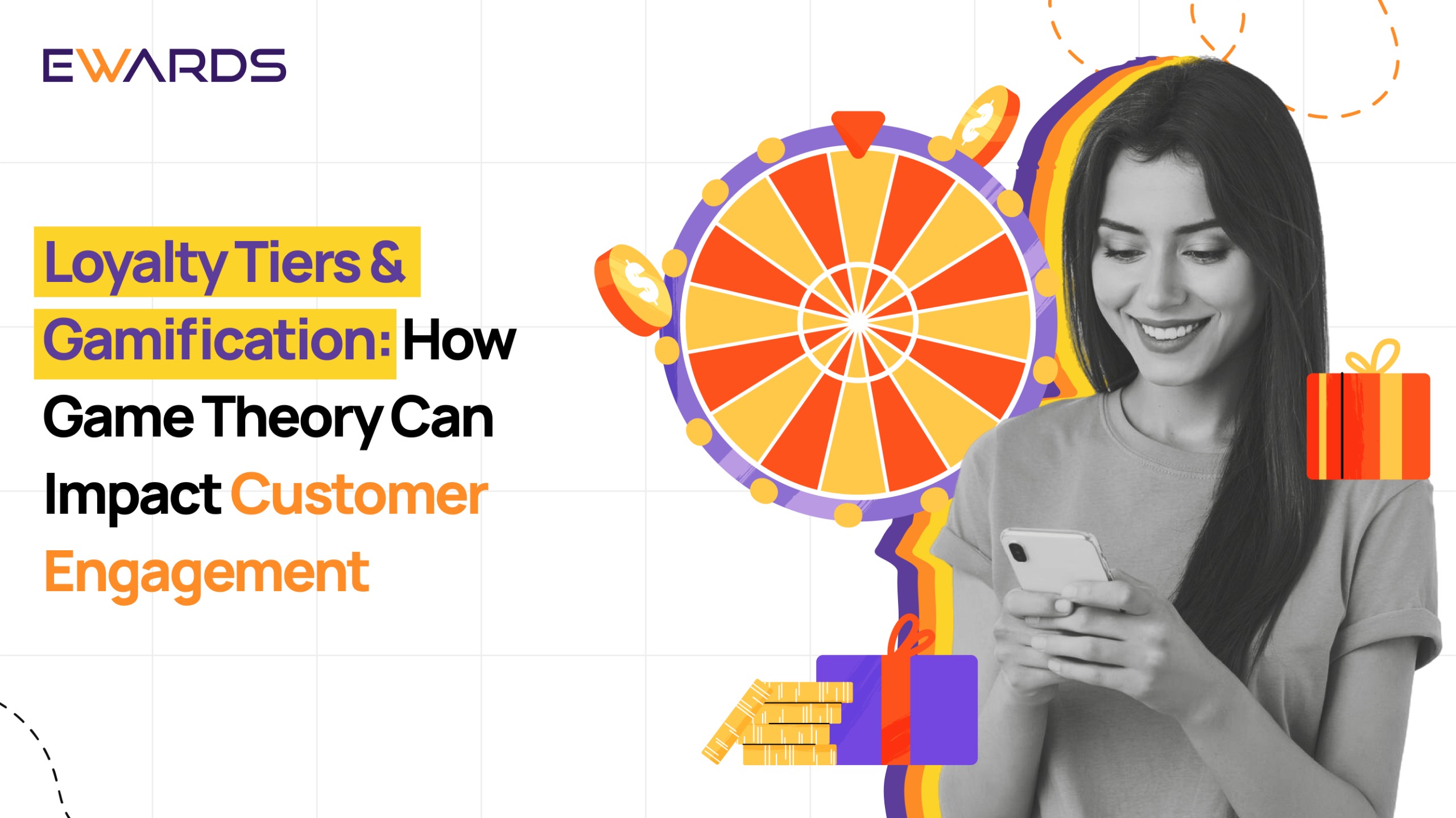
Did you know 78% of loyalty programs fail (Propello Cloud)? This stat highlights how challenging it can be to design a loyalty program that actually drives meaningful customer engagement and retention.
What if you could increase engagement and sales simply by tweaking how you present your offers? Imagine transforming your loyalty program into a game, where customers earn rewards, unlock levels, and engage more, without you needing to push them too hard.In this blog, we’ll break down how Loyalty Tiers and Gamification can not only help avoid failure but also turn your loyalty program into a dynamic experience that drives increased engagement.
Understanding Loyalty Tiers & Gamification
Loyalty programs have been around for decades, but businesses are now adding a twist by integrating gamification, making the program feel more like a game where customers earn points, level up, and unlock rewards.

Loyalty Tiers
Loyalty tiers are a structure within loyalty programs where customers earn increasingly valuable rewards as they engage more with your brand. The idea is simple: the more a customer spends or participates, the higher their tier and the better the rewards they unlock. This helps businesses segment their customer base and create different incentives for different levels of engagement.
Stat: According to Investopedia, 80% of a company’s revenue typically comes from 20% of its customers. Loyalty tiers help businesses focus on nurturing this high-value group.
Gamification
Gamification introduces game-like mechanics, such as points, badges, levels, and leaderboards, to loyalty programs. It taps into customers’ intrinsic motivation to compete, achieve, and be rewarded. This technique has been shown to boost engagement and participation by making the loyalty experience more fun and rewarding.
Stat: A study by Growwave found that gamified loyalty programs increase engagement by 47% and customer retention by 22%.
Together, Loyalty Tiers and Gamification create a structure that motivates customers through clear goals and rewards, making the experience both fun and valuable.
Game Theory in Loyalty Program Design
Game Theory is a framework used to understand strategic decision-making. In the context of loyalty programs, it helps businesses design structures where customers are incentivized to act in ways that benefit the brand, like spending more, engaging more, and referring others.
How Game Theory Enhances Loyalty Tiers
Game theory explains how customers can be motivated to move through tiers by offering rewards that appeal to different levels of commitment. When designing a loyalty program with tiered rewards, you’re essentially setting up a game where customers need to make decisions about how to engage with your brand in order to level up and earn better rewards.
- Stat: According to TechnologyAdvice, 57% of consumers are more likely to participate in a rewards program that has VIP tiers and exclusive rewards
The Role of Behavioral Loyalty
Behavioral loyalty refers to the actions that customers take (such as repeat purchases) driven by the structure and incentives you’ve put in place. By incorporating game-like elements such as progress bars, rewards, and social elements (leaderboards, badges), you make customers feel motivated to continue engaging with your brand to reach new tiers and unlock bigger rewards.
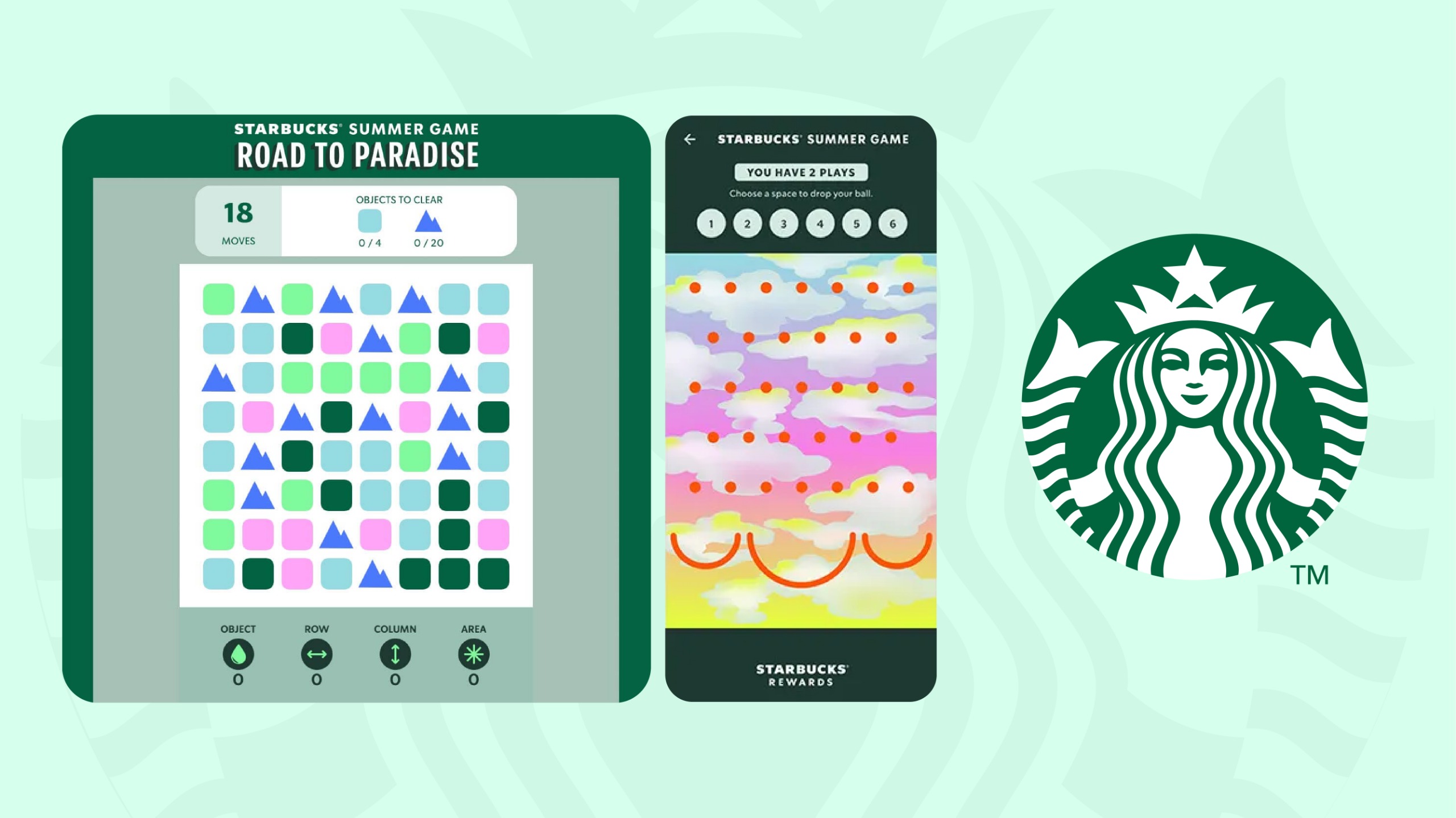
Image: Starbucks uses gamified loyalty tiers in their Reward Program
Source: Antavo
- Example: Starbucks Rewards uses gamified loyalty tiers where customers move from basic membership to Gold status, which unlocks exclusive perks like free refills, birthday gifts, and more. This tier-based gamification encourages customers to engage more frequently to unlock those rewards.
Structuring Loyalty Program with Tiers & Gamification
- Creating Clear & Attainable Tiers
Customers are motivated when they know exactly how to level up. Loyalty tiers should be structured in a way that feels achievable for a large portion of your customer base. Make sure that each tier offers rewards that increase in value and exclusivity as the customer climbs the ranks.
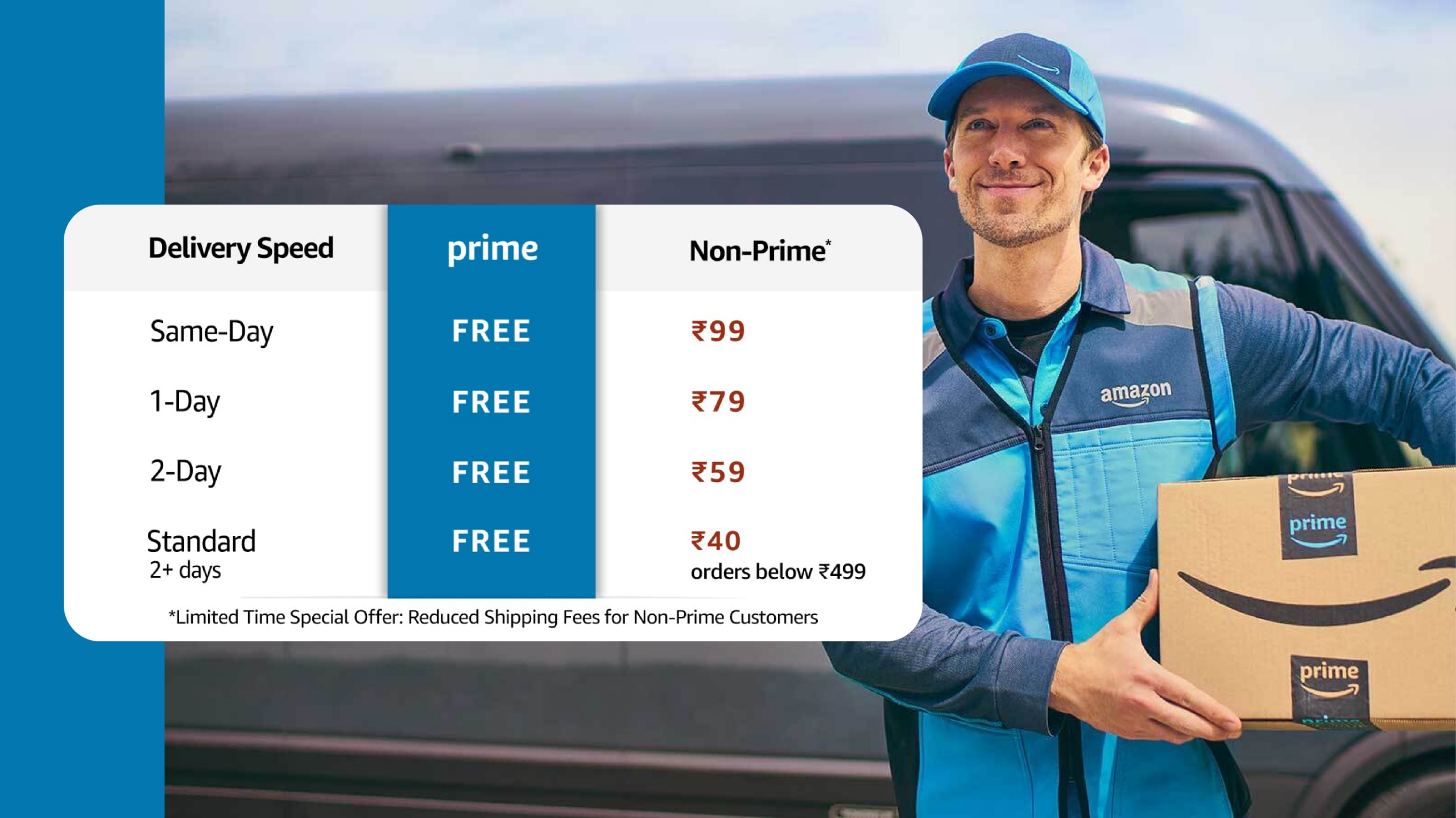
Image: Loyalty Tier of Amazon
Source: Amazon
Example – Amazon Prime offers exclusive deals and free shipping for Prime members. They have strategically tiered their offerings (e.g., free 2-day shipping, exclusive access to video content) to keep customers engaged at all levels.
- Gamification of the Experience
Make it fun and interactive. Use game mechanics to keep customers engaged with your loyalty program. Here are some ways to apply gamification in your program:
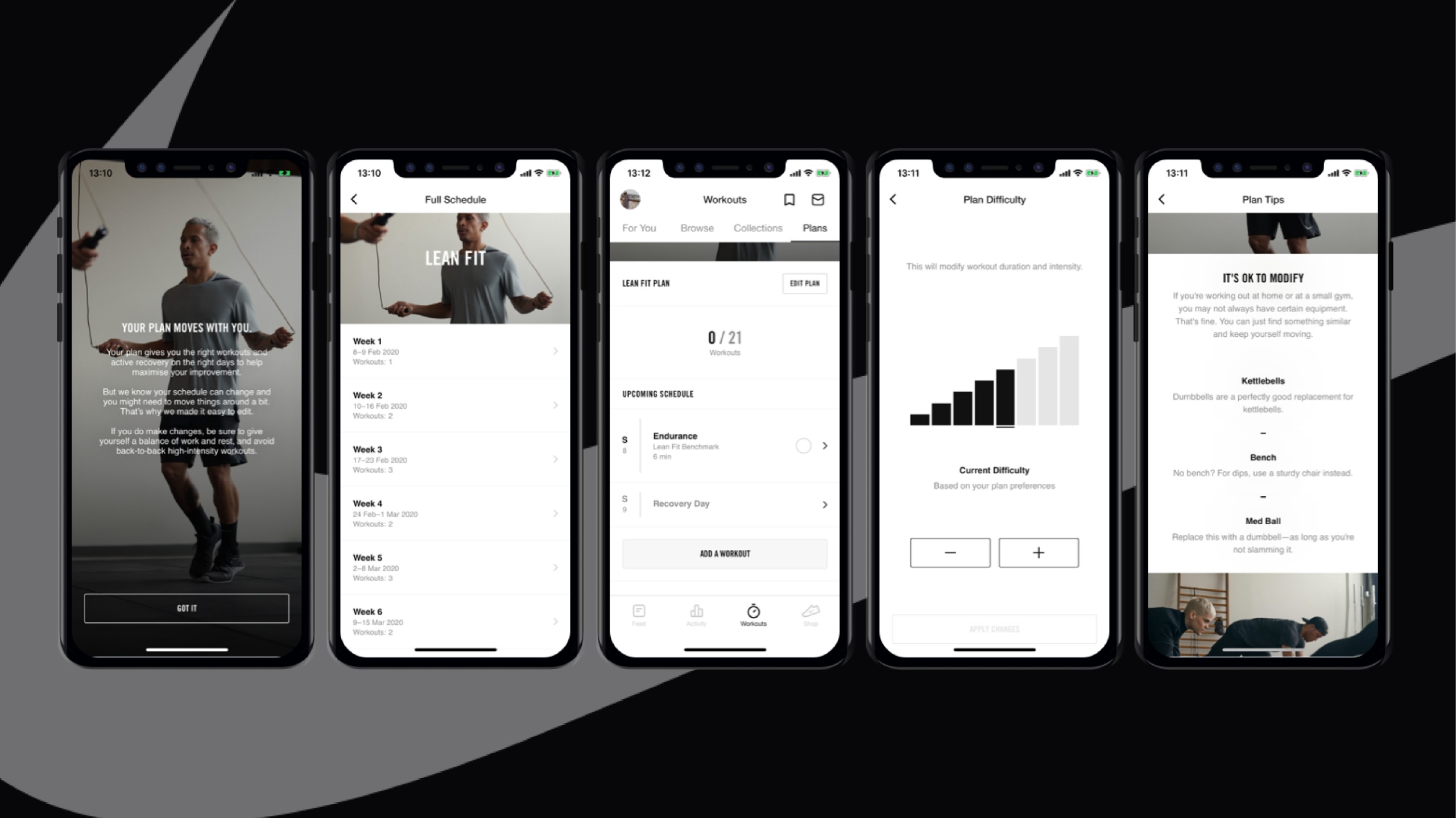
Image: Nike’s Gamified Loyalty Program
Source: Spaaza
- Badges: Reward customers with badges for completing certain actions (e.g., “First Purchase” badge, “Social Sharer” badge).
- Leaderboards: Show how customers rank compared to others based on their spending or engagement.
- Progress Bars: Allow customers to see how close they are to unlocking a reward.
- Challenges: Create weekly or monthly challenges that offer extra points or rewards for completing specific tasks, like referring a friend or spending a certain amount.
Example: NikePlus program encourages customers to earn points through exercise activities and track their progress through the app. The gamified challenges keep customers engaged and coming back to complete their fitness goals.
Impact of Loyalty Tiers & Gamification on CRM

- Loyalty Tiers
The tiered system serves as an excellent CRM strategy, as it allows businesses to track and analyze customer behavior across different levels. The more customers engage with your brand, the higher they climb in the tier system, unlocking better rewards and creating a clear path for customer motivation.
CRM Impact:
- Personalization: CRM tools allow businesses to tailor rewards and offers based on the customer’s tier and engagement level. For example, a gold-tier customer might receive special offers like early access to new products, while bronze-tier customers may receive general discounts.
- Engagement Tracking: Through CRM systems, businesses can track customer progression through loyalty tiers, measure engagement rates, and adjust marketing efforts accordingly.
- Gamification
By integrating gamification features into a CRM strategy, businesses can turn customer interactions into more dynamic and engaging experiences.
CRM Impact:
- Motivation through Structure: Gamified systems in CRM help maintain customer interest by constantly providing goals and rewards. Customers are more likely to engage when they see immediate benefits or challenges (e.g., completing a task for extra points, achieving a milestone for a reward).
- Behavioral Data & Insights: CRM systems help collect behavioral data, from points earned to levels achieved. This data is invaluable for understanding what motivates customers and tailoring future rewards to keep them engaged.
Implications of Integrating Loyalty Tiers & Gamification into CRM
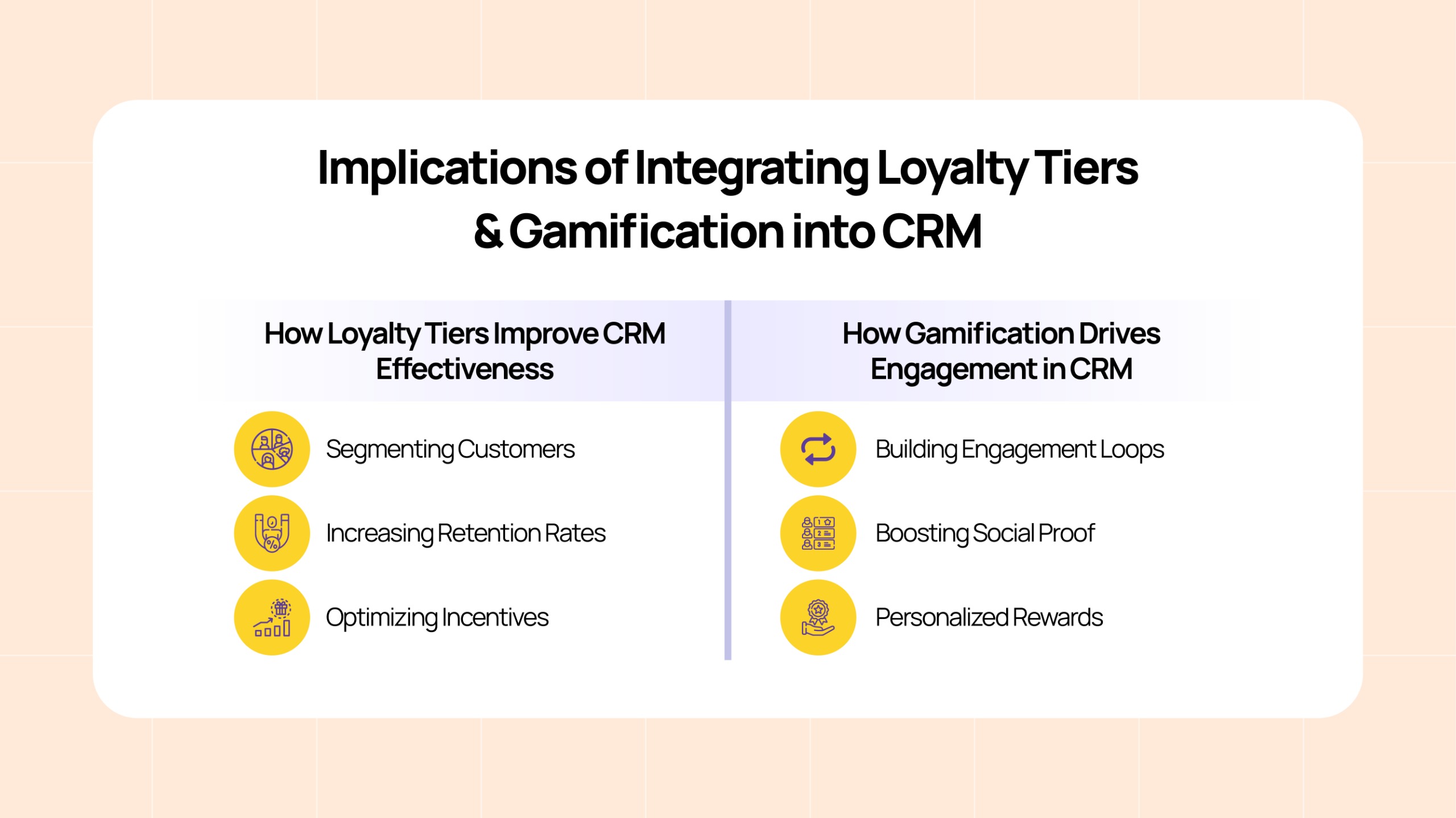
1. How Loyalty Tiers Improve CRM Effectiveness
Integrating loyalty tiers into your CRM system is about creating a structured system that encourages customers to take more valuable actions. Let’s explore how businesses can benefit:
- Segmenting Customers: With CRM tools, businesses can automatically segment customers based on their activity, purchases, or engagement, making it easier to deliver targeted promotions and personalized experiences.
- Increasing Retention Rates: Tiered loyalty programs make it easy to see which customers are most engaged, which allows businesses to prioritize them for exclusive offers and rewards.
- Optimizing Incentives: Through CRM analytics, businesses can monitor how customers respond to tier changes and optimize their incentives. For example, if a customer is close to reaching a higher tier, offering them a small incentive to increase their spending can boost retention.
Example: Sephora’s Beauty Insider Program uses tiers to give members access to different rewards based on their spend levels. Their CRM system tracks customer activity and automatically elevates them to the next tier, motivating higher spending to unlock more exclusive offers.
2. How Gamification Drives Engagement in CRM
Gamifying your loyalty program involves integrating game-like mechanics into your CRM system, and it’s proven to increase customer participation. Here’s how you can take advantage of it:
- Building Engagement Loops: Through points systems, badges, and levels, you can create engagement loops that encourage repeat visits. For example, after a customer hits a certain number of points, they unlock exclusive rewards or early access to new products.
- Boosting Social Proof: Leaderboards create a sense of friendly competition. By displaying top customers or offering social recognition (e.g., “Top 10 shoppers of the month”), you motivate others to engage more to achieve a higher rank.
- Personalized Rewards: By tracking gamified progress through CRM, businesses can personalize rewards based on the customer’s gamified journey, such as offering additional points for specific activities or milestones.
Conclusion
Loyalty tiers and gamification have now become powerful tools to drive customer engagement and retention when implemented correctly. By combining these elements with a well-designed CRM strategy, you can motivate customers to interact more with your brand, increase their lifetime value, and ultimately boost redemptions. By designing your CRM strategy around loyalty tiers and gamification, you’ll create a dynamic and engaging experience that keeps customers coming back, unlocking rewards, and reaching new milestones.
Are you ready to level up your loyalty program? Start implementing Loyalty Tiers & Gamification today and watch your customer engagement skyrocket!